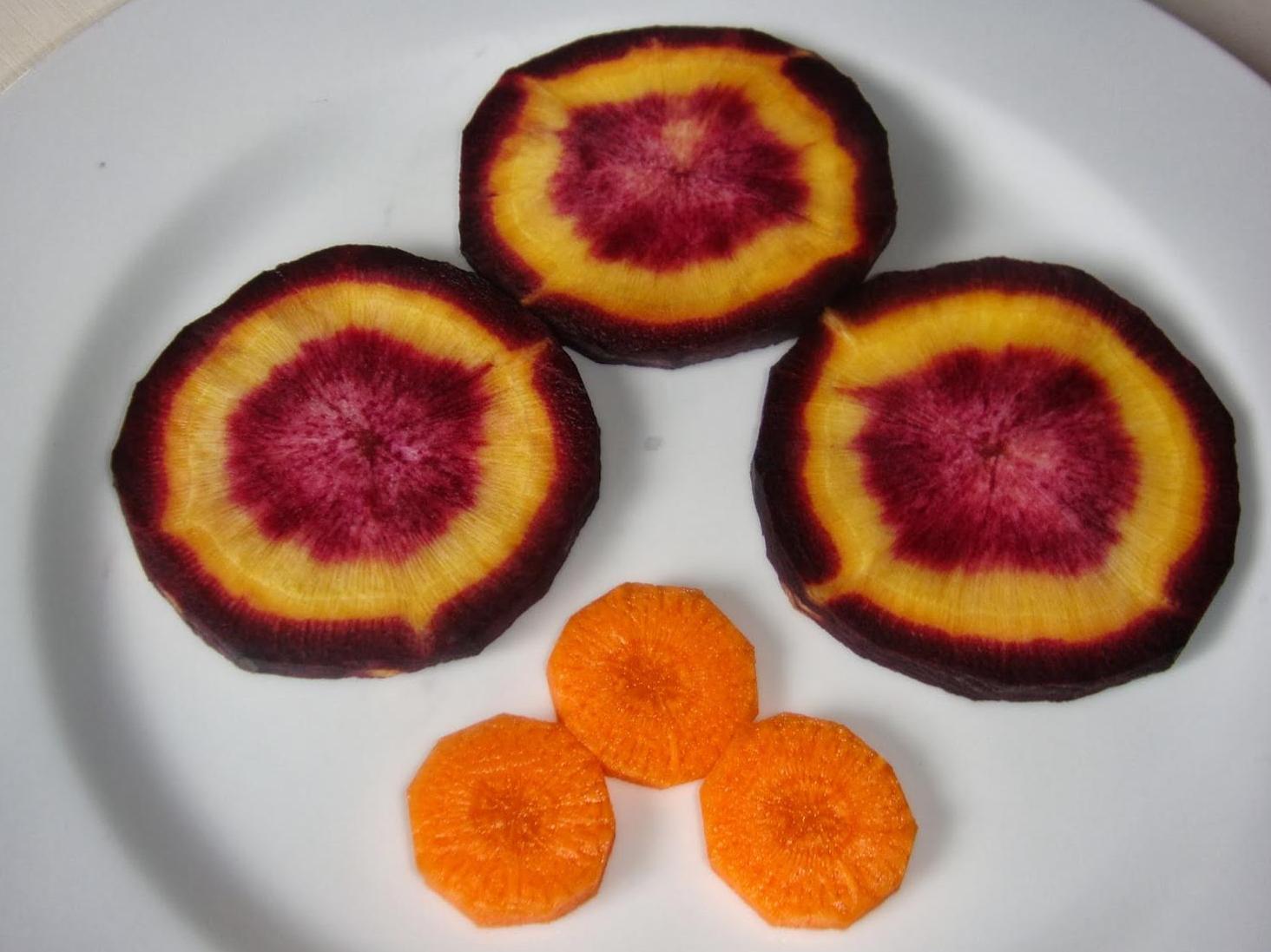Cuevas Bajas, Malaga
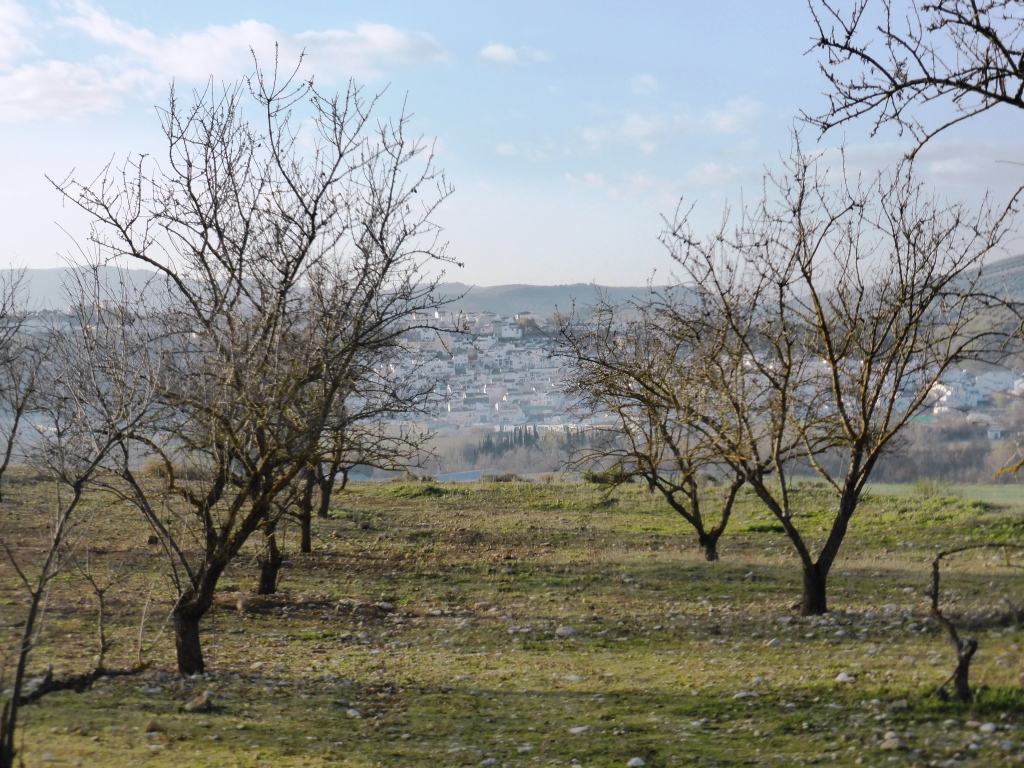
A Library, an albergue and a purple carrot.
Cuevas Bajas is on the Camino Mozarabe to Santiago and so many people will be learning about the purple carrot which comes from here. I expect the Caminos in Andalucia will become popular because they have a good infrastructure of albergues and markers. The village has a fine albergue with air-conditioning, although the night I stayed I used it as heating until there was a power cut.
It was in the Library, run by a charming local man, Jesus, that I learned about the carrot. As a child he didn’t know other, yellowy orange, indeed carrot-coloured carrots, existed.
I bought one out of curiosity.
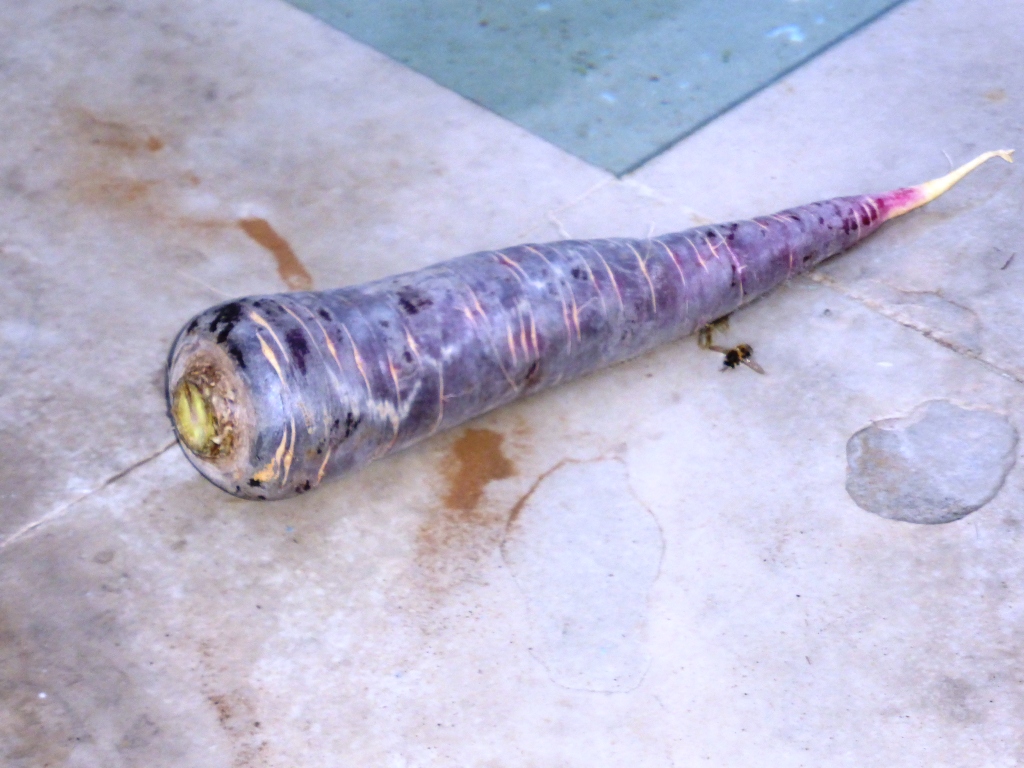
In the end I neither tasted it nor took it with me since I didn’t want to carry extra weight on a very long leg of this Camino. It is, however, impressive and there is an annual carrot festival held on the first Sunday of December.
There are local archaeological sites where there is evidence of a population 40,000 years ago, but the village has a modern enough feel and an elegant statue of a girl in the middle of a fountain.
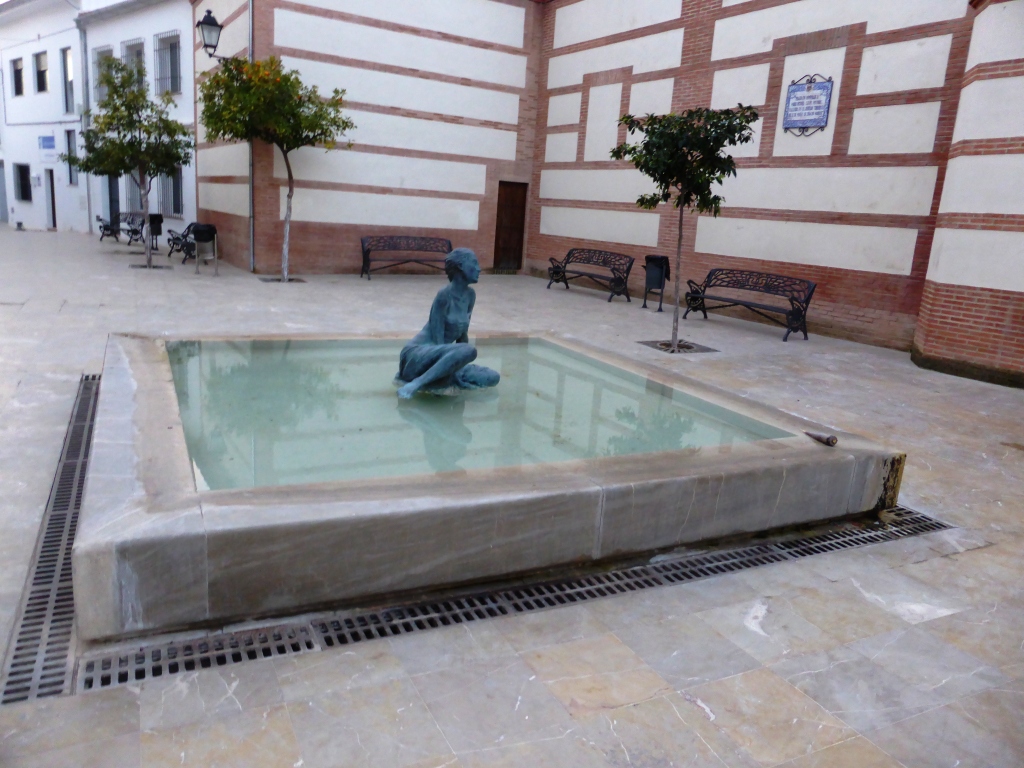
Rivers are important to Cuevas Bajas not only for taking away the occasionally torrential rain waters but also because they mark the boundaries, established since Roman times between Provinces. The major river is the Rio Genil which I followed down its twisting valley for much of the day.
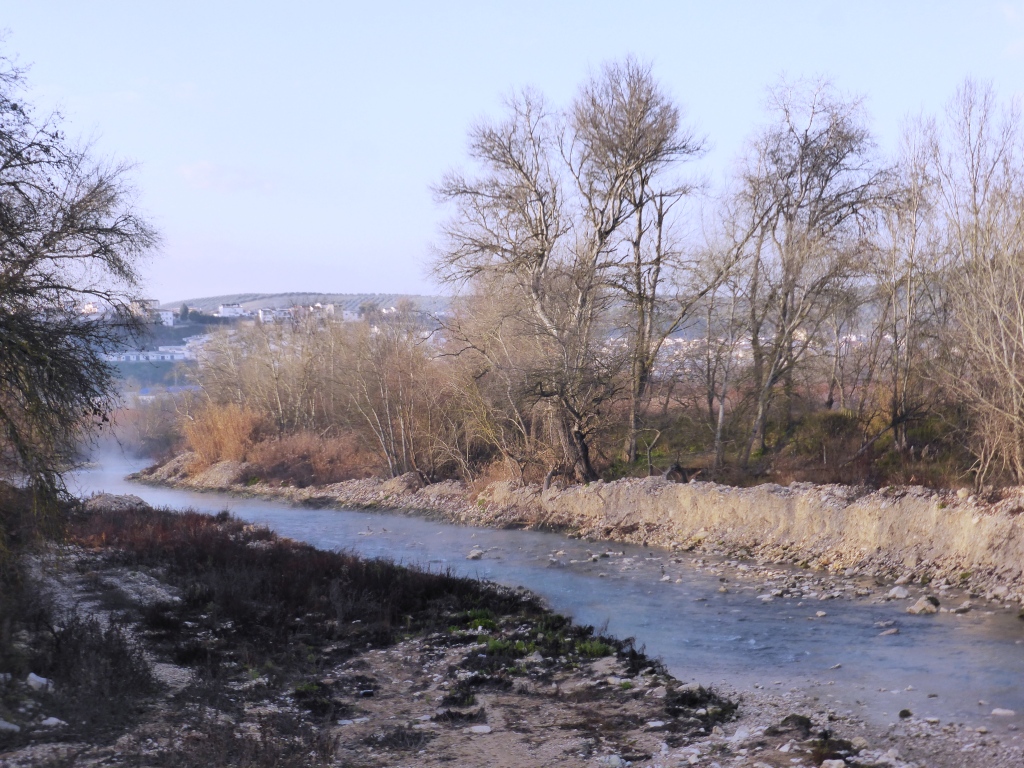
Leaving the village at daybreak, children were on their way to school and the older ones had already left on a 7 am bus for Antequera, the local big City.
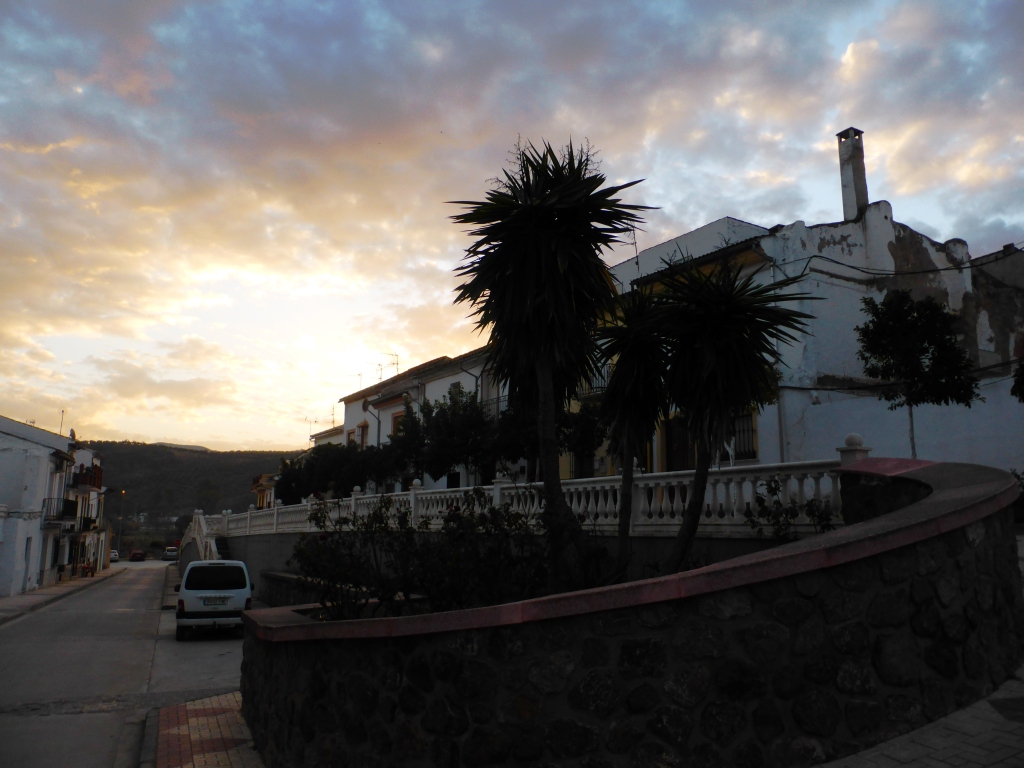
Ahead of me was 27km of mountain and olive groves. I was well insulated with gloves, a scarf and five layers of shirts and jerseys which I would soon be pulling off because of the climbs and also because the sun, once it reached mid-morning, was fairly hot.
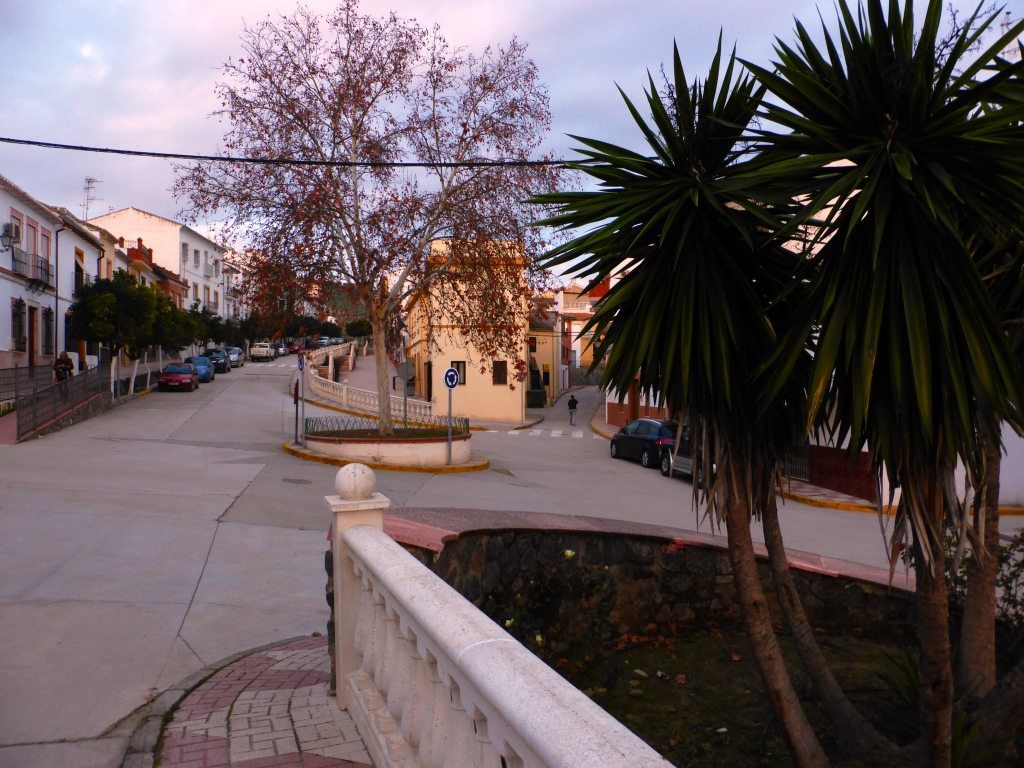
This is probably not a place many will be passing by, unless on the Camino. Maybe though some may be drawn, on the first Sunday of December, to make the journey and find the fiesta of the purple carrot.
